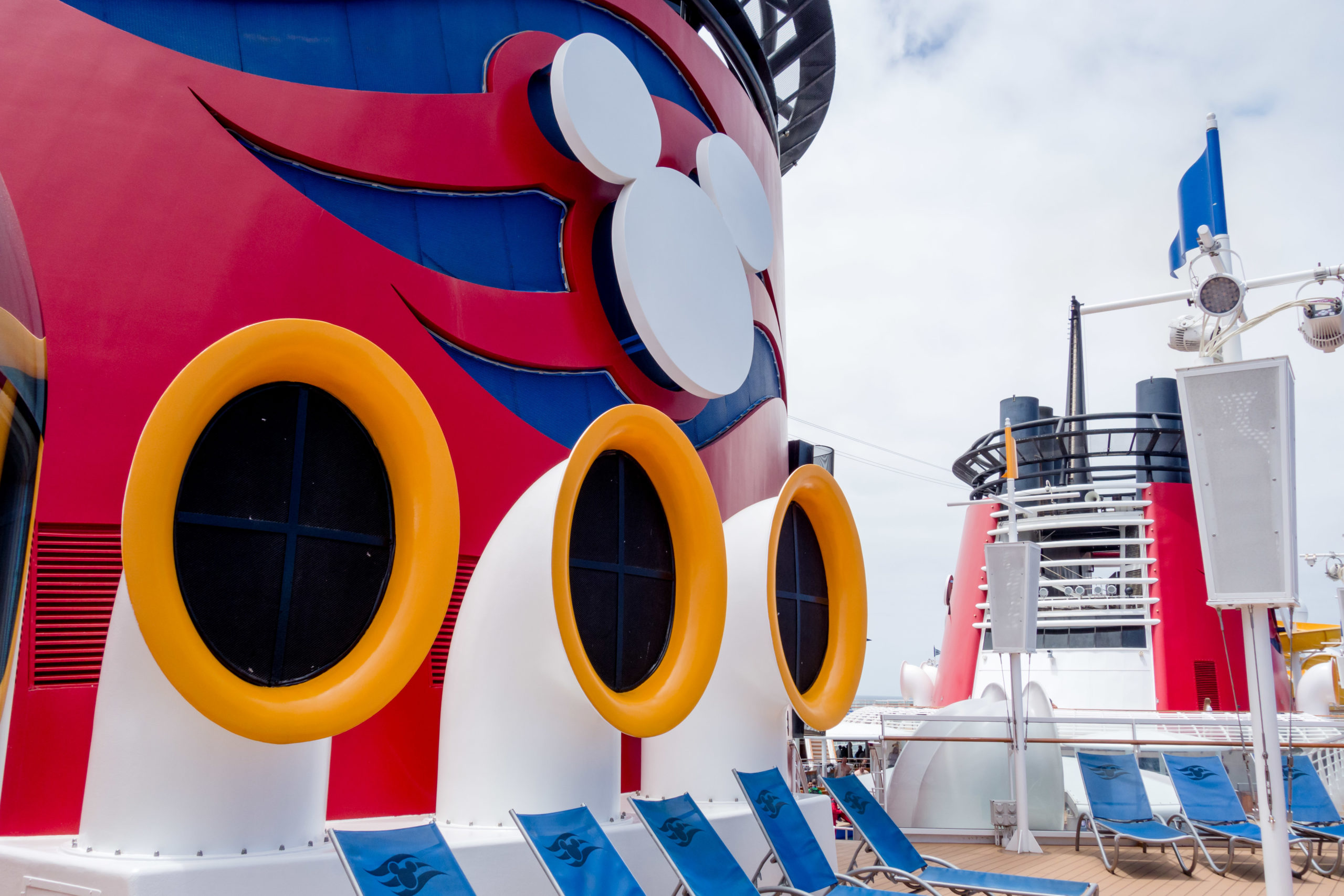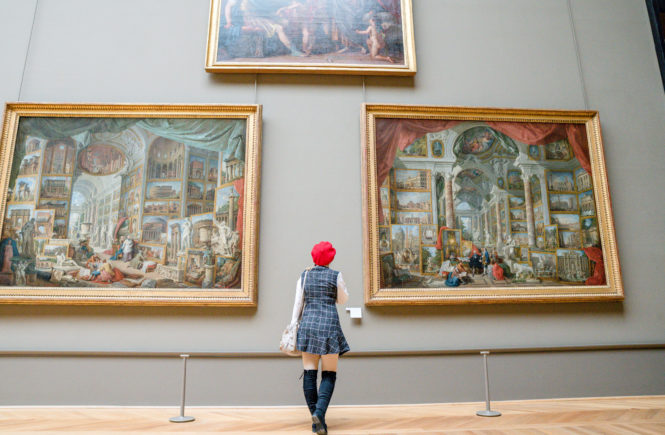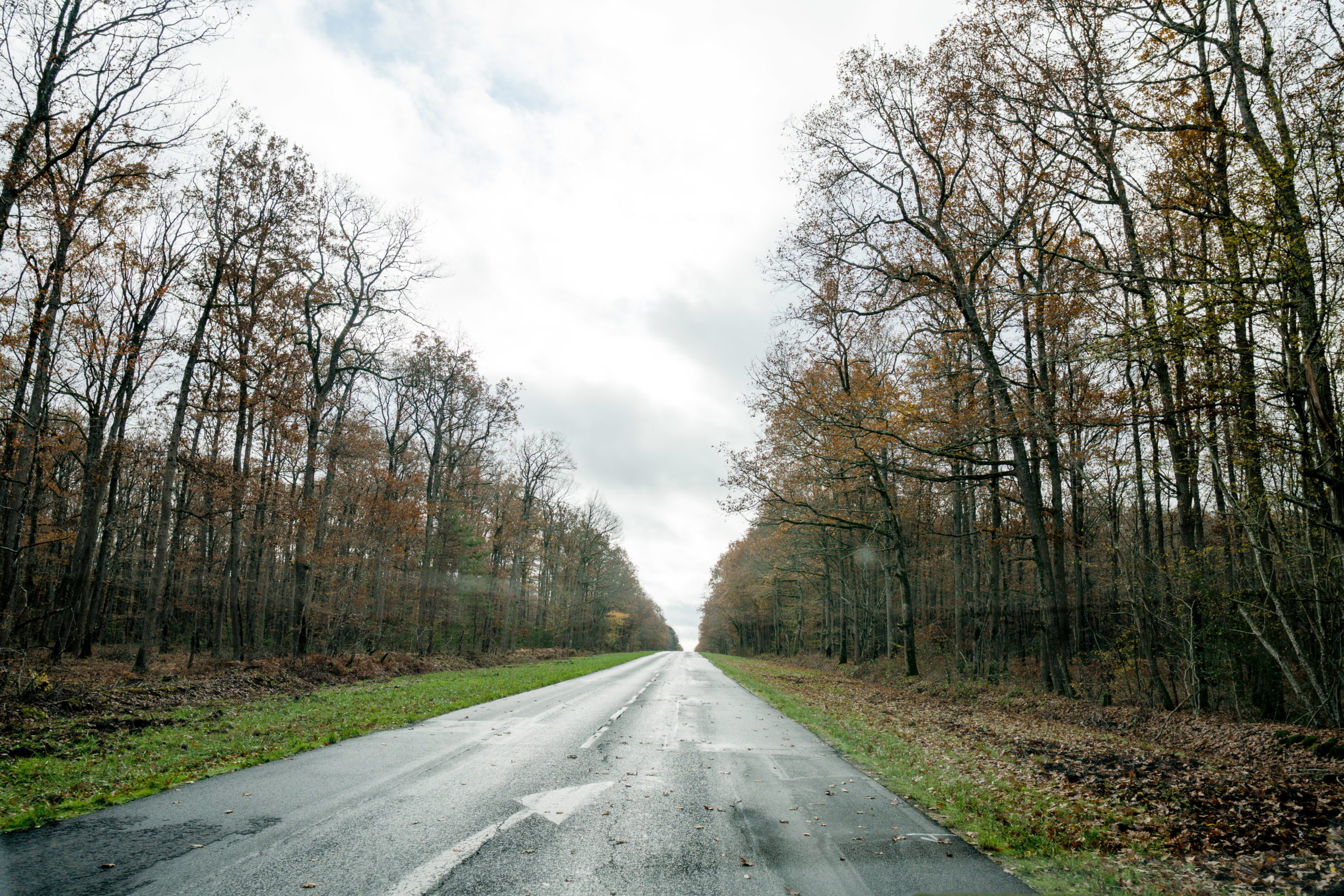
I recently finished a road trip throughout the countryside of France and I learned A LOT about driving in this country. The first thing I learned is that IT’S TOTALLY DOABLE, so don’t be nervous! I actually had so much fun out there on the open road (and I was by myself). If you’re thinking about doing a countryside road trip but are unsure if it’s the most economical or if it’s even that safe, then keep reading. I’m going to go over everything you need to know about driving in France as an American. And the short answers are: yes, it’s very safe and not scary at all (don’t let your imagination run wild on this).
1. What You Need to Drive in France
Driving in France is much like driving in the USA. You need a valid driver’s license and you need to know the basic rules of the road (which are for the most part, the same as here). Second, you’ll need a vehicle, which will most likely entail renting a car.
2. Renting a Car
I rented my car from Alamo and it couldn’t have been easier. The Paris CDG airport has most major rental car chains (including Hertz, Avis, Enterprise, etc). So if you are brand loyal on rental cars, just stick with the one that works best for you. When renting a car you’ll need a driver’s license that has been valid for over a year, your passport, and two phone numbers (one can be your cell phone but the other needs to be a local French number….. I used the number of my first hotel).
The rental car company will provide everything else you need as it relates to your specific vehicle. I declined the extra protection they were offering because my credit cards and domestic insurance covered me but you’ll want to look into that before deciding how to handle.
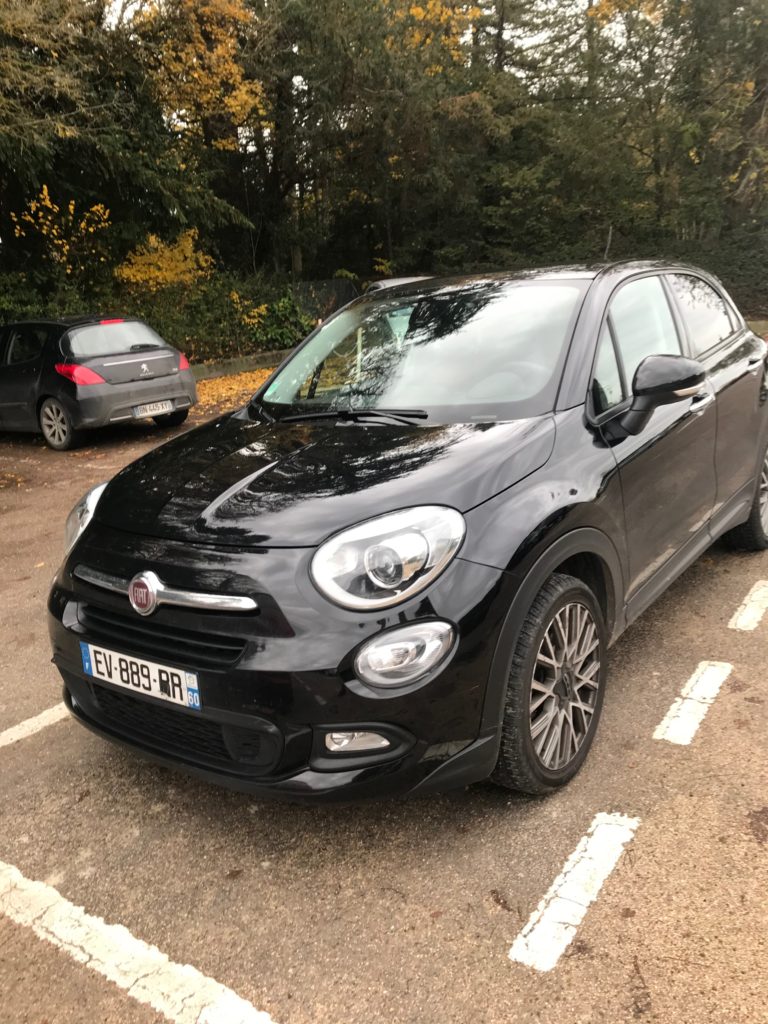
One last tip: make sure you specify that you want an automatic car when you reserve your vehicle online. If you do not, there is a very high probability that they will get a manual car, as automatics are not very common in Europe.
3. GPS & Toll Roads
Having a GPS was immensely helpful. I used TomTom GPS that came with the car and both Google Maps and Apple Maps throughout my journey. If you are using the GPS that comes with the car, it’s a good idea to have all of the addresses of the places you’re visiting printed out or written down somewhere because I found that the GPS was unable to locate a lot of the destinations I was searching for.
The other great thing about GPS is that you can choose which routes you want to take to get from point A to point B. This is super important because most of France’s major freeways are toll roads. I had read this before arriving but didn’t fully understand until on one 3-hour leg of my trip I had to take a major toll road for about an hour and when I got off, my toll was over 60 euro! When using GPS you can select “avoid tolls” and this will help you find alternative routes so you aren’t paying hundreds of dollars in tolls on your road trip. I cannot stress this enough.
When building your itinerary, definitely take the non-toll routes into consideration when estimating how long it will take you to arrive at your destination. For many of the alternative routes, you will not need to add much additional time, but if you are driving from one side of the country to the completely other side, you may need to add a considerable buffer for the non-toll roads.
4. Understanding the Local Signs
France uses almost all of the signs we are used to seeing in the US, but they also have several additional signs. Some of these additional signs are very important to understand ahead of time. The most important being the speed limit and one-way street signs. Below are some of the signs you can expect to see.

Speed limits are in Kilometers and are displayed via a round sign with the number inside. General speed limits for the freeways are 110-130 km, highways are 90km, and when you approach a town it drops down to 70km, and then again quickly to 50 and 30km. Once you get through a designated area with a lower speed limit, there are circular signs with that speed limit number displayed with a slash through it. These signs with a slash mean that you are now exiting the area where you need to adhere to that requirement.
I know this may sound confusing but after you go through your first town you’ll feel confident moving forward. These signs are EVERYWHERE as you are driving throughout the country.
5. Roundabouts
Like most of Europe, France uses roundabouts much more frequently than stop signs. This makes traffic much more efficient and once you get the hang of them, they’re even enjoyable! What you need to know about roundabouts is that the cars in the roundabout have the right of way. You must yield when approaching an oncoming roundabout and wait for an opening to jump in.
In France, if you are exiting the roundabout in the first exit, you should stay in the right lane of the roundabout when you enter and signal using your right blinker. If you are exiting the roundabout at the 2nd, 3rd or 4th exit, you join the roundabout by using your left turn signal, and can enter either from the right lane or the left lane. Those vehicles behind you will know where you are going based on your left blinker. Once you are approaching your designated turnoff you switch your blinker to the right side.
This is important because your left and right turn signals tell the other drivers if you are exiting the roundabout and help prevent accidents as they can then anticipate that you may be crossing in front of their vehicle.
You only have to do about 2 or 3 roundabouts to get the hang of this and see how the locals are doing it. Once you’ve got it, they’re quite fun!
6. One-Way Streets
Pay attention to the signs because once you’re in the countryside and going through the smaller towns there are often many one-way streets that are quite narrow. You don’t want to accidentally go down the wrong one and not be able to get your car out.
7. Parking in France
Parking in France is similar to elsewhere in that you can usually find street parking or parking lots. They are often well-marked with divider lines. Pay attention to the signs. Most parking requires that you pay for it. A lot of the machines will accept credit cards but some will only accept euro coins.
There are also often parking spaces with the word “Disque” on them. The English translation of this word is literally “Disk”. When I first saw this, I was like, “What on earth does this mean?” In France you can get a special parking pass called the “Disk Pass”. This allows you to park in special reserved parking spaces. If you do not have one, don’t park in these spaces or you will get a fine.
8. Fuel
In France, gas is sold by the liter. I drove a Fiat 500 and the gas tank was about 10.5 gallons / 35 liters. And the cost of fuel was about $1.5 per liter. So each time I needed to fill up my tank it was about 50 euro.
The other thing to know about gas in France is that most vehicles require diesel fuel (also known as gazole). This is like the equivalent of our unleaded fuel. When you get your car, make sure you ask what type of fuel it takes.
9. Driving at Night
One of the things that surprised me about France, is that there is not lighting on the roads once the sun goes down, even on major freeways. I only mention this here because it did make driving a little scarier at night as it was really hard to see where the road was going. I ended up trying to do most of my driving while it was daylight out (which was not my original intention). If you have trouble driving in the dark at home, I would recommend limiting long stretches of driving in the dark in France too.
10. Speeding & Passing Lanes
Lastly, when it comes to driving in another country you don’t want to give the local authorities any reasons to pull you over, so if you’re thinking about speeding, it’s best just not to. Some of the locals will speed on the highways but it’s quite common for cars to pass each other on the roads. Don’t feel the pressure to speed just because someone is tailgating your vehicle.
If you are on a two lane (or more) road, always stay in the right lane. In France, the left lanes are used for passing vehicles only so if you are driving slow in the left lane you may actually be in violation of French law and receive a ticket..
11. Do NOT Drink & Drive
France takes drunk driving very seriously and the blood alcohol limit for drivers is a low .05%. For many people, this would mean after one alcoholic beverage you could be over the legal limit. It is simply not worth taking a risk under any circumstances to drink and then drive. If you want to wine taste, find a taxi to take you or try to do it in the town where you are staying so that you do not have to drive afterwards.
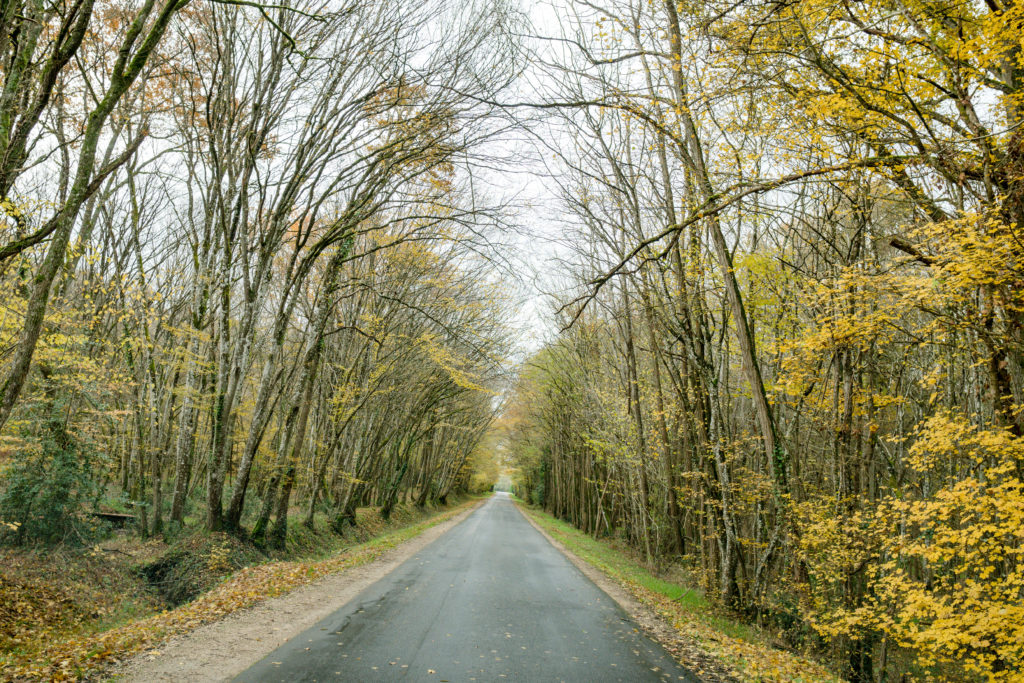
I hope you found this article helpful. I highly recommend driving through France. It was not nearly as intimidating as I thought it would be (nor as expensive), and is an excellent way to experience more of the culture of the country.


